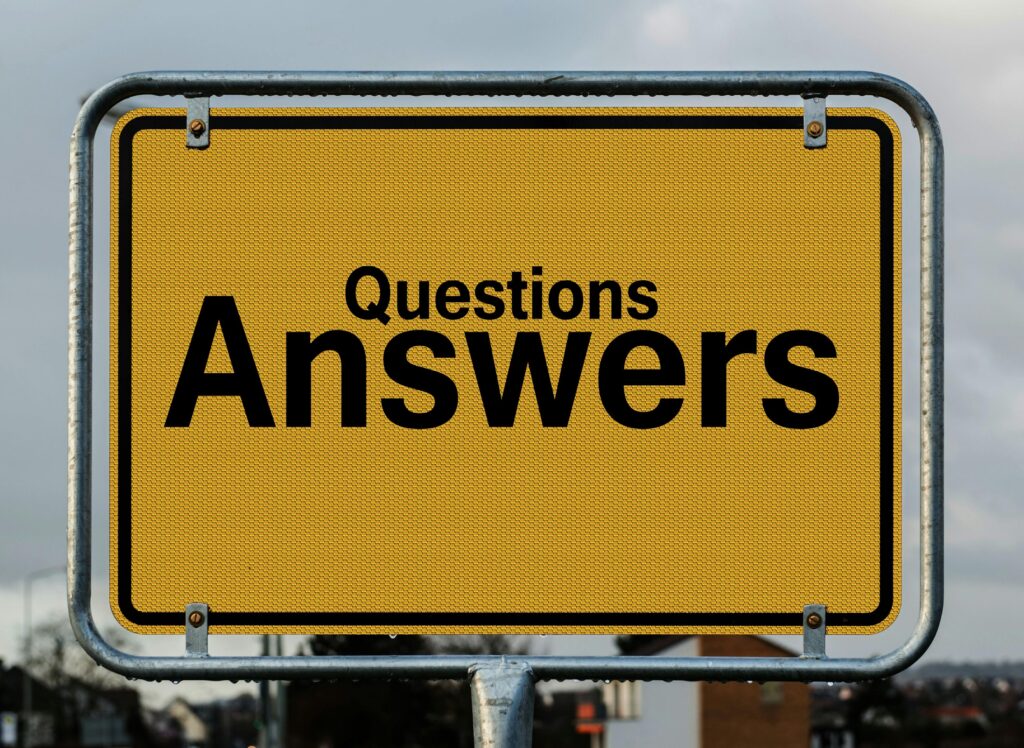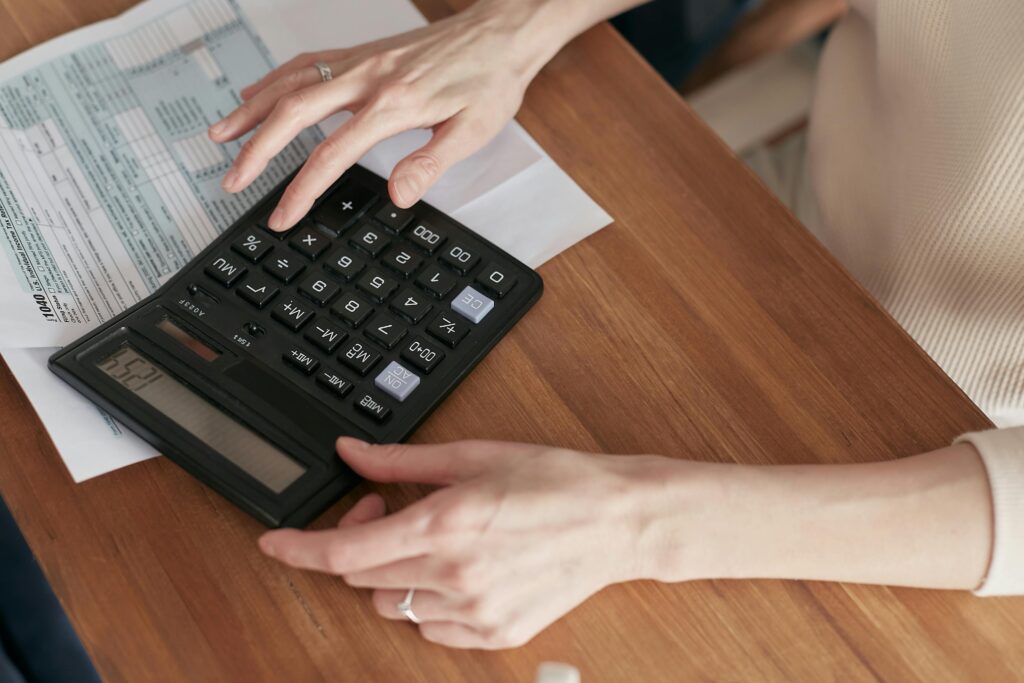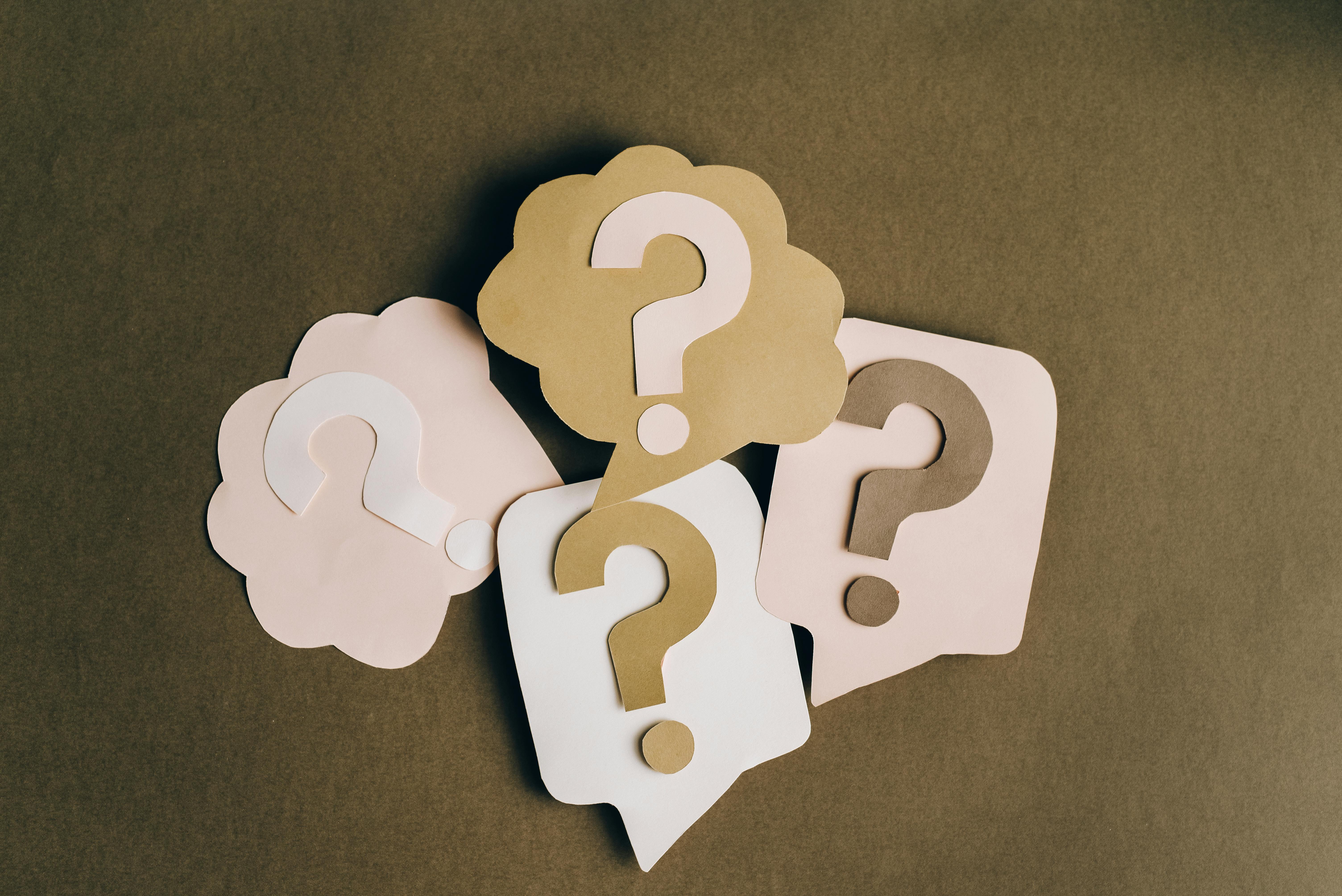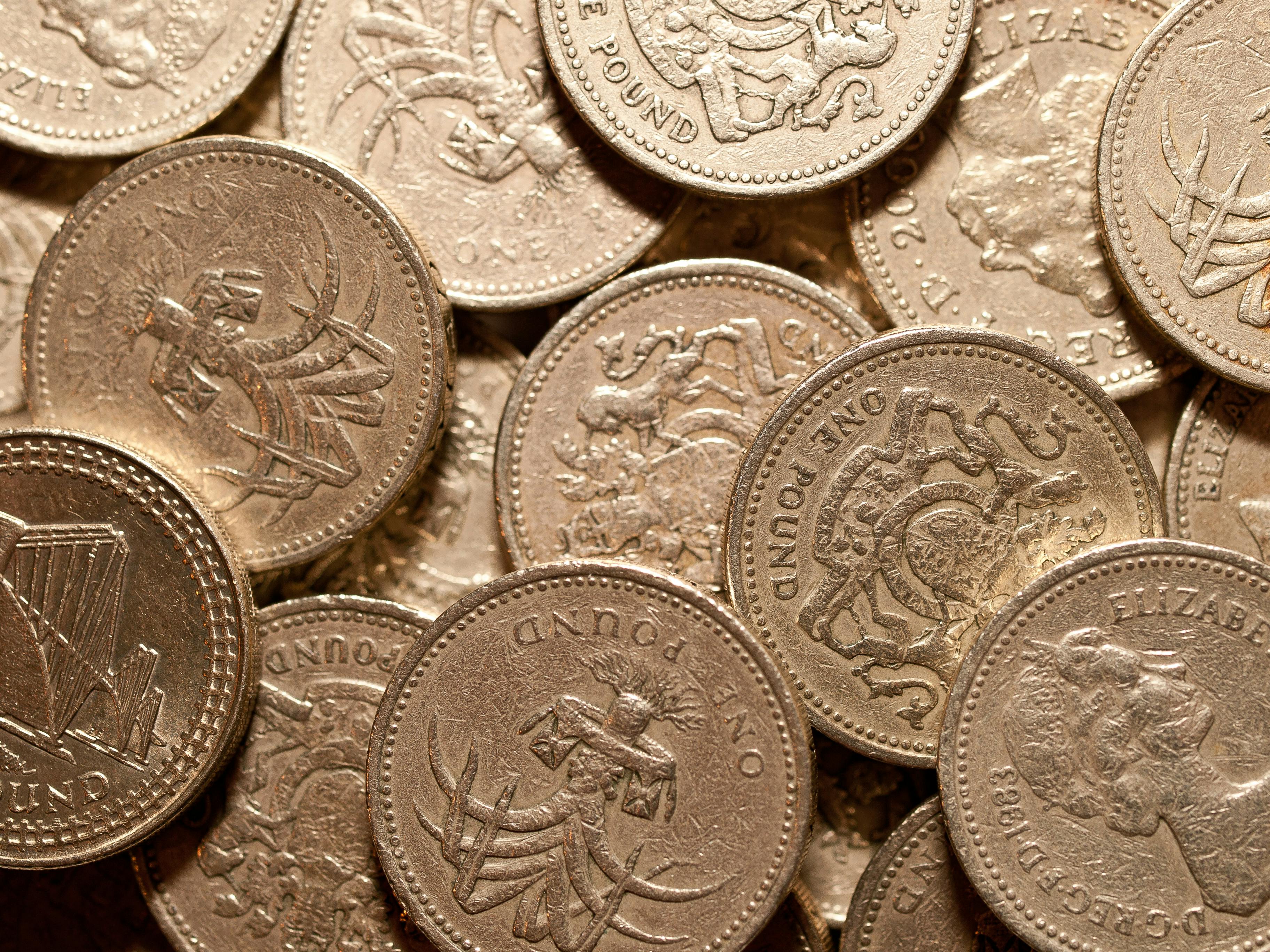It is so easy to get confused between receipts and invoices. That’s because both sound and look almost similar. Fundamentally, each of these helps record the sale/purchase of goods and services. Each of them gives a detailed breakdown of prices and taxes.
Interestingly, there are a lot of differences. The basic difference is the time when either of these are issued. While invoices are generated before a purchase or sale, receipts are given after the transaction is complete.
Let’s understand these commercial documents in detail.
Receipts Vs. Invoices

- What is an Invoice?
After a sale, the invoice is the document/bill you give to the buyer as a request for payment. This is handed over to the customer before the payment has been made.
What is included in an invoice?
- Seller’s name, address and contact details.
- Buyer’s name and address
- Date of Invoice
- A unique number that acts as the Invoice Number
- Details of all items or services sold with short descriptions
- Price and quantity per item or service
- Total amount
- VAT Number for certain cases
- Payment Terms
When an invoice has been settled or paid, it is marked as a receipted invoice.
- What is a receipt?

This document is a proof of purchase or ownership. The seller provides it once the customer has made the payment for the purchased goods and services. Receipts are not legally mandatory in the United Kingdom. However, as per the UK Consumer Rights Act 2015, a business needs to provide a receipt if the customer requests it.
It can be a printed or a handwritten note. Both are acceptable.
What is included in a receipt?
- The seller’s name
- Date and time of payment
- Details of items/services purchased
- Price and quantity per item
- Discount, if any
- Total Price
- Payment Methodology
- Difference Between Invoices and Receipts
| Invoices | Receipts |
| Shows details of goods/services sold by a seller and the amount owed by the customer. It is a payment request. | Acknowledges payment received, serving as confirmation of payment and proof of ownership. |
| They are issued before payment. | They are issued after a payment is done. |
| 2 critical points reflected by an invoice are -The due amount and Payment deadline | 2 points reflected by the receipt are -Amount paid, and The payment method |
| They help track items/services sold. | They confirm payment. |

Can an invoice be used as a receipt?
No, it is not a good idea to use an invoice as a receipt. That’s due to inherent differences between the two. On one hand, an invoice is a request for payment, whereas a receipt is a payment confirmation.
Maintaining both documents separately helps maintain clarity of dues and payments received. Of course, businesses always have the option to convert invoices into receipts by marking them as paid.
In addition, there are other ways of converting invoices into receipts that you can learn from professional accountants like Taxcan Accountants. When it comes to issuing receipts and invoices to your customers, it is necessary to understand all the intricacies of these commercial documents, especially for B2B transactions.
Are you confident in your understanding of the detailed differences between invoices and receipts, especially for business-to-business (B2B) transactions? Understanding these documents is critical for maintaining smooth financial operations. Professional accountants, such as Taxcan Accountants, can guide you in converting invoices into receipts and navigating the complexities that come with issuing them. Have you explored all the methods available for managing your invoicing process efficiently, ensuring that both legal and commercial requirements are met? Discover how expert advice could streamline your invoicing practices and ensure compliance in your transactions. Why not reach out today to learn more?
More helpful links below!
https://www.sumup.com/en-gb/invoices/invoice-receipt-difference
https://www.novuna.co.uk/invoice-vs-receipt
https://www.gov.uk/invoicing-and-taking-payment-from-customers




